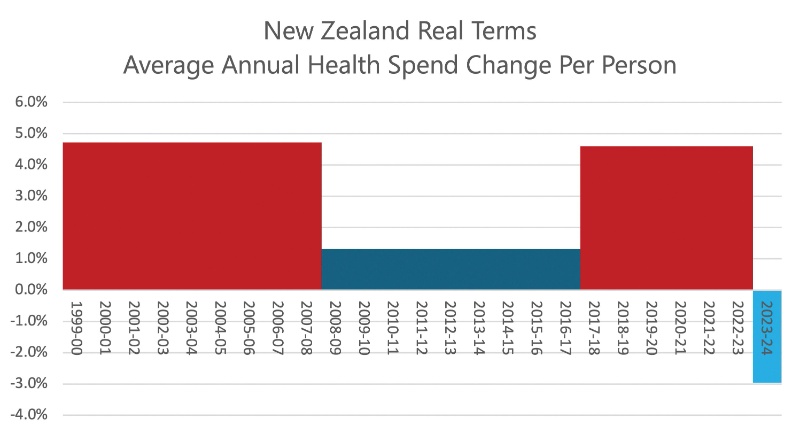Council adopts FMUs for the Otago region
ORC Councillors voted today to adopt five Freshwater Management Units (FMUs) for the Otago Region, including the Mata-au, Taieri, North Otago, Dunedin Coastal and Catlins units, as well as five sub-units, or “rohe”.
The Otago FMU boundaries have been created using a holistic environmental management approach, which involved overlaying cultural, land-use, geological and scientific maps and other relevant information to identify areas with commonalities.
The boundaries take note of the pristine nature of Lakes Wakatipu, Wanaka and Hawea and the nationally significant hydro dams present on the Clutha. The larger FMUs are subdivided into smaller rohe. An FMU is a water body or multiple water bodies that ORC deems as the appropriate scale for setting freshwater objectives and limits. This can be a river catchment, part of a catchment, or a group of catchments.
ORC Chief Executive Sarah Gardner said, “We have worked closely with Aukaha, our iwi partner, to develop FMU boundaries. The concept of ki uta ki tai (from the mountains to the sea), which recognises the movement of water through the landscape and the numerous interactions it may have on its journey, has been a key influence in the forming of FMU boundaries.”
The next focus for each FMU and rohe community will be to meet and agree on local values that sit alongside national values for human and ecological health; these will inform setting objectives and water quality and quantity limits. ORC will facilitate this process in each FMU and rohe. This means there will be a tailored approach to water management in each FMU and rohe, instead of the current “one-size-fits-all" approach for water management across the region.
There will be a staged approach to FMU and rohe value and objective setting, which will essentially begin the path towards undertaking a full water plan review. Each rohe or FMU will be a “chapter” of the new water plan. This process will take several years so communities may not begin these values conversations straight away.
Mrs Gardner noted that the Cardrona and Arrow communities will be the first to begin the journey towards developing the new framework for managing waterways in their area.
“This is because the Arrow and Cardrona River catchment communities have already begun the process of identifying values and objectives as part of their collaborative work with ORC to set minimum flows for these rivers,” she said.
The Arrow and Cardrona River catchments form a large part of the Dunstan Rohe. The Manuherekia Rohe will be next to set values and objectives for a similar reason.
“It is important that as many people as possible from different backgrounds are involved in the discussion and formation of values and objectives to ensure that the decisions made with each FMU and rohe reflect the whole of the community needs,” said Mrs Gardner.
“ORC will get in touch with each community to let them know when this process will be starting in their area, and how they can be involved. It is important to remember that water is something that everyone relies on and the issues we face are not isolated to particular sectors or parts of our community. We hope that people from all parts of our community choose to take part in this conversation.”


 Gordon Campbell: On The Americanising Of NZ’s Public Health System
Gordon Campbell: On The Americanising Of NZ’s Public Health System New Zealand Deerstalkers Association: NZDA Urges Hunters To Prioritise Safety This Roar Season
New Zealand Deerstalkers Association: NZDA Urges Hunters To Prioritise Safety This Roar Season PSA: 1000 Days Since Landmark Pay Equity Deal Expired - Workers Losing $145 A Week
PSA: 1000 Days Since Landmark Pay Equity Deal Expired - Workers Losing $145 A Week Grace Tinetali-Fiavaai, RNZ: Widow Of Fa'anānā Efeso Collins Seeks Inquiry Into His Death - 'Unanswered Questions'
Grace Tinetali-Fiavaai, RNZ: Widow Of Fa'anānā Efeso Collins Seeks Inquiry Into His Death - 'Unanswered Questions' Te Pāti Māori: Te Pāti Māori Call For Mandatory Police Body Cameras
Te Pāti Māori: Te Pāti Māori Call For Mandatory Police Body Cameras NZ First Party: NZ First Introduces the “Conscience Acts Referendums Bill”
NZ First Party: NZ First Introduces the “Conscience Acts Referendums Bill” NZ Government: Unlocking Data To Increase Competition And Choice
NZ Government: Unlocking Data To Increase Competition And Choice


